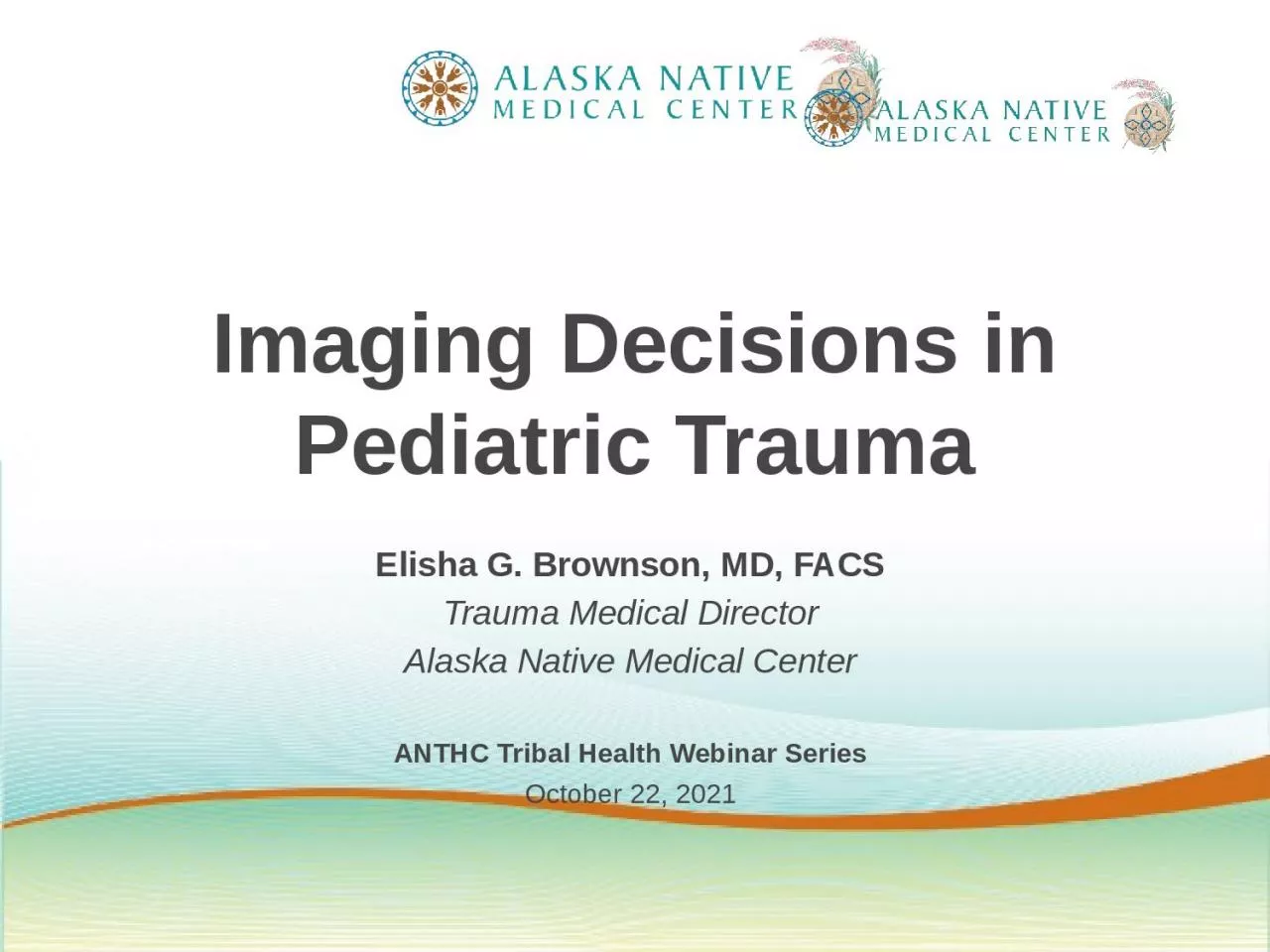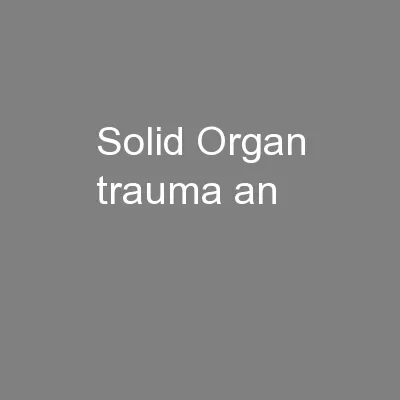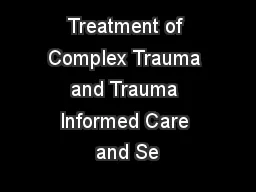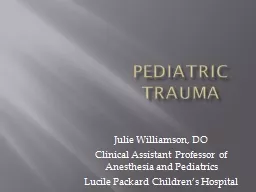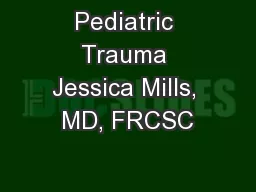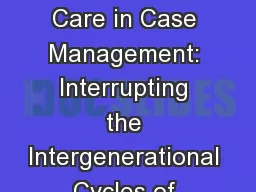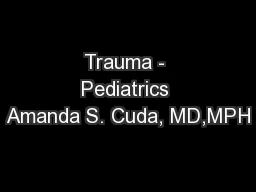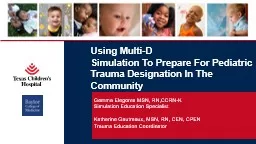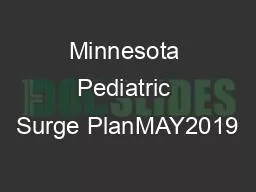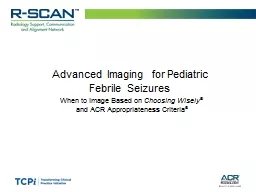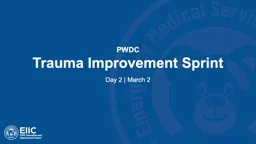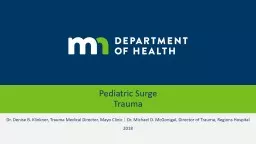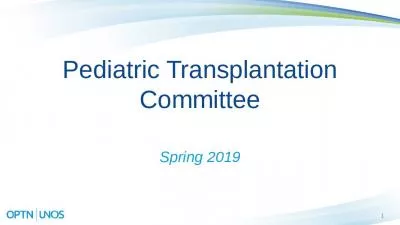PPT-Imaging Decisions in Pediatric Trauma
Author : lucinda | Published Date : 2024-01-13
Elisha G Brownson MD FACS Trauma Medical Director Alaska Native Medical Center ANTHC Tribal Health Webinar Series October 22 2021 Radiation exposure from imaging
Presentation Embed Code
Download Presentation
Download Presentation The PPT/PDF document "Imaging Decisions in Pediatric Trauma" is the property of its rightful owner. Permission is granted to download and print the materials on this website for personal, non-commercial use only, and to display it on your personal computer provided you do not modify the materials and that you retain all copyright notices contained in the materials. By downloading content from our website, you accept the terms of this agreement.
Imaging Decisions in Pediatric Trauma: Transcript
Download Rules Of Document
"Imaging Decisions in Pediatric Trauma"The content belongs to its owner. You may download and print it for personal use, without modification, and keep all copyright notices. By downloading, you agree to these terms.
Related Documents

